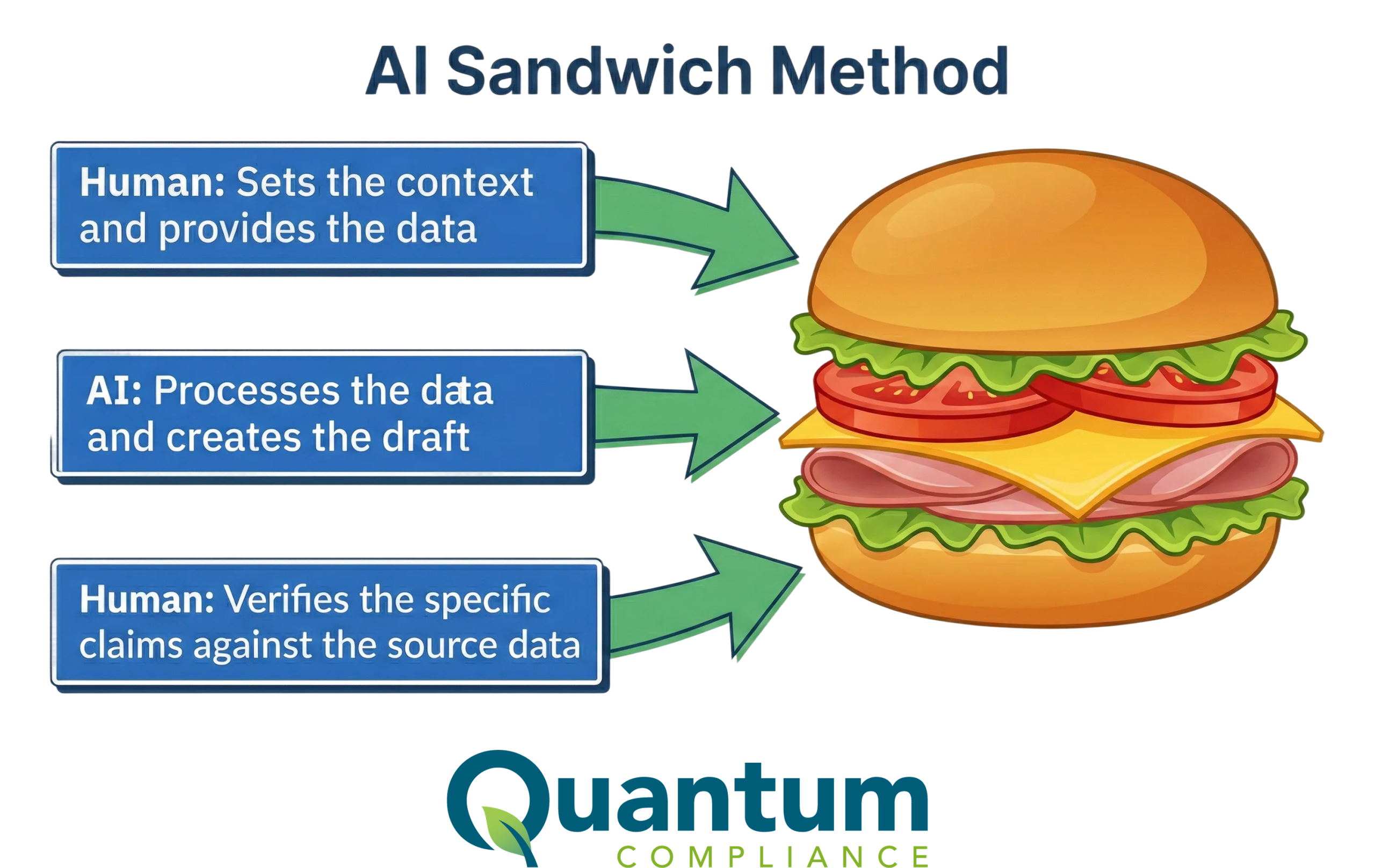Complete GHS SDS conversion is a daunting task for any company to undertake in-house, predominantly because of the time and costs associated. Those costs, however, are an investment for the future and will even repay themselves in the future, giving your company a net overall gain.
Before we can look at the financial benefits, however, it is important to know what the real costs of conversion are. The United States’ Occupational Safety and Health Administration (OSHA) estimated the annualized compliance cost over the three years between the passage of the Globally Harmonized System and its mandatory implementation date would be about $97 million per year – only slightly short of $300 million overall.
There is no denying the immensity of that figure, but it is a fairly reasonable one when broken down. Spread over 90,000 companies in the US, there are several subcategories within that overall sum. The least of these, actually, is the conversion itself – OSHA estimated in 2012 that only about $11 million annually would be spent classifying chemical hazards and revising MSDSs and chemical labels to the new GHS standards.
The rest of the cost will be (and much already has been) spent on training and implementation. The OSHA estimates that $44 million per year, $132 million overall, will be spent on training workers to understand the new classification systems and hazard labeling as well as the new format of safety data sheets. The remaining $42 million per year falls under the category of management training, including that required to familiarize management with hazard classifications and new GHS SDS formatting, the system as a whole, and to create any systems necessary for implementation of the new GHS system within each industry.
Those costs, however, are expected to be covered completely by the rewards of the transition to GHS formatted labeling and SDSs. The revised OSHA Hazard Communication Standard has projected savings of between $750 and $800 million annually, which can also be broken down into subcategories as well.
Since one of the primary goals of the UN’s Globally Harmonized System of Classification and Labeling of Chemicals is to provide a standardized (and therefore safer) method of communicating hazards to workers and chemical users, its biggest savings will come in that area, with savings stemming mainly from productivity improvements for health and safety personnel. The rest of the savings will be made up by the reduced costs of updating safety data sheets and hazard labels in the future, by the prevention of on-the-job illnesses, illnesses, and fatalities due to flaws in hazard labeling, and by simplifications to general hazard safety training.
So, the cost of conversion is steep, but its financial benefits far outweigh those costs. The earlier that you and your company begin conversion, the earlier you can start to cash in on those future savings, as the revised safety data sheets will provide your company with a system that protects both its employees and its budget.
Sources: https://www.osha.gov/as/opa/facts-hcs-ghs.html
https://www.osha.gov/dsg/hazcom/hazcom-faq.html







